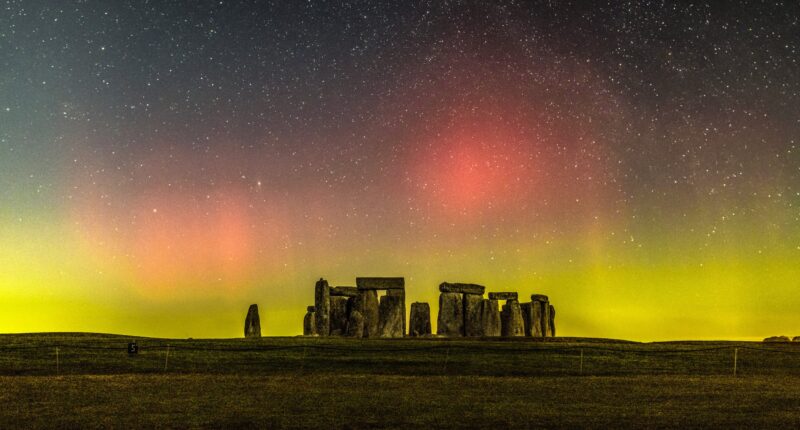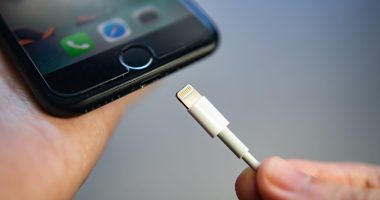NORTHERN Lights are set to be visible from some parts of the UK tomorrow following a string of solar flares.
Multiple solar storms and a “dark eruption” have caused a rare “cannibal” gas ejection from the Sun which, when it hits our planet, will create a dazzling display in the sky.
The Northern Lights, also known as Aurora Borealis, are the result of electrically charged particles from the Sun, smashing into gaseous particles in our planet’s atmosphere.
These events are called coronal mass ejections (CMEs).
Where will it be?
Scotland, Northern Ireland and parts of England are expected to be graced with the view.
According to the Met Office‘s space weather division, a coronal mass ejection from the Sun “may give Earth a glancing blow during the daylight hours of the 20th, giving a reasonable confidence of aurora sightings across the whole of Scotland, Northern Ireland and parts of northern England where skies are clear.


“However viewing opportunities are expected to be limited due to short hours of darkness at this time of year.”
Met Office research into the solar activity suggests that the aurora will most likely be seen in the north east of England.
You might be able to catch a glimpse in the early hours of the morning on 20 July.
How do I see it?
While the Met Office has cautioned folks that they may not be able to see the Aurora due to the time of year – there are a few tips you should know to increase your chances.
Most read in Tech
Firstly, it helps to be in an area with little light pollution.
Rural areas are best for sky gazing – but make sure your view isn’t obstructed by tress, or clouds (which may be inevitable).
The polar lights could appear anytime between 7pm and 4am.
Although, the the optimum time seems to be around 9.30pm to 1am.
Sometimes, Aurora; displays can appear white to the human eye, so it can help to take a quick photo on your phone to help reveal the colours.
If you’re planning on photographing the aurora properly, you’ll need a DSLR or bridge camera and ideally a tripod.
Experts have also advised that hopeful watchers not be too disheartened if the aurora look dim at first.
This is because they usually brighten over the course of a few hours.
Best Phone and Gadget tips and hacks

Looking for tips and hacks for your phone? Want to find those secret features within social media apps? We have you covered…
We pay for your stories! Do you have a story for The Sun Online Tech & Science team? Email us at [email protected]










